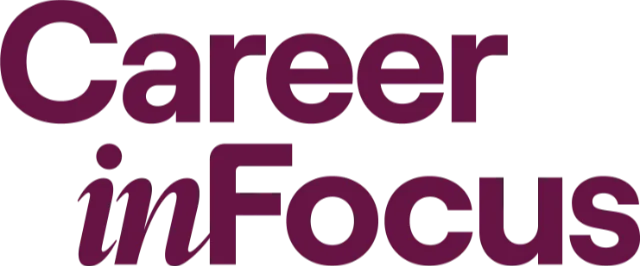What Do the Top 1% Do Differently?
Oct 28, 2025
Someone reached out with a dilemma recently.
Her boss was retiring, her team was shifting, and she’d been asked to stay and support the transition.
She felt uneasy: Would staying stall my growth? Was I being overlooked?
It’s easy for our minds to go straight to what we might lose — momentum, visibility, or the next big move.
But that’s not how the top 1% think.
Top performers don’t see risk as danger. They see it as data — information about where to stretch, grow, and position themselves for the next leap.
If you’ve ever felt uncertain about your next move, here’s how the top 1% reframe risk and use it to accelerate their careers.
1️⃣ Reframe Risk (and Why It’s Hard)
If you take traditional paths, you get traditional results.
The top 1% understand that calculated risk-taking is not recklessness — it’s a skill.
But here’s why it feels uncomfortable: our brains are wired to avoid loss.
Psychologists call this the negativity bias — the tendency to focus more on potential losses than potential gains.
This instinct keeps us safe, but it can also keep us small.
Try asking yourself:
“Is this fear protecting me, or preventing me from growing?”
That single question helps you discern when to hold back — and when to step forward.
2️⃣ Seek the Win, Not the Loss
When you’re asked to take on a role, a project, or a challenge that feels uncertain, it’s natural to focus on what you might lose.
But the top 1% train themselves to look for what they might gain.
You’re being asked because you’re trusted. That’s already a data point in your favor.
Ask yourself:
- What stretch assignments could I take on here?
- What new visibility or experience might I gain?
- How could this position me for my next opportunity?
When I was pivoting into consulting, I turned down a Big 4 offer to join a boutique firm. Many warned me about the risks — smaller brand, less stability.
But I saw the upside: faster growth, broader exposure, and space to experiment.
Those five years became the foundation for everything I do today.
3️⃣ Communicate to Maximize the Opportunity
When leaders ask for your support, don’t default to a simple “yes” or “no.”
The top 1% use those moments to negotiate with clarity and intention.
You might say:
“I’m happy to support the transition — could we also explore a stretch project in the strategy team?”
This shifts you from being reactive to being strategic.
You’re not just helping; you’re steering your own growth.
Remember, leaders can’t support what they don’t know. Communicate your goals clearly — it positions you as proactive, not passive.
Final Thoughts
Uncertainty isn’t a setback; it’s a signal.
The top 1% don’t wait for perfect clarity — they create it by taking intentional action, learning, and adjusting as they go.
So next time you face a career crossroad, don’t ask “What do I lose?”
Ask, “How can I maximize this?”
That’s the mindset that separates high performers from everyone else.
If you want a proven framework to clarify your goals, communicate your value, and execute your next move with confidence, join the waitlist for the Career Accelerator here.
Over to You
What’s one risk that’s paid off in your career?
Share it below — I’d love to hear your story.
Rooting for you,
Angel Kilian
Founder | Career inFocus
Stay connected!
SIGN UP WITH YOUR EMAIL ADDRESS TO RECEIVE NEWS AND UPDATES.


